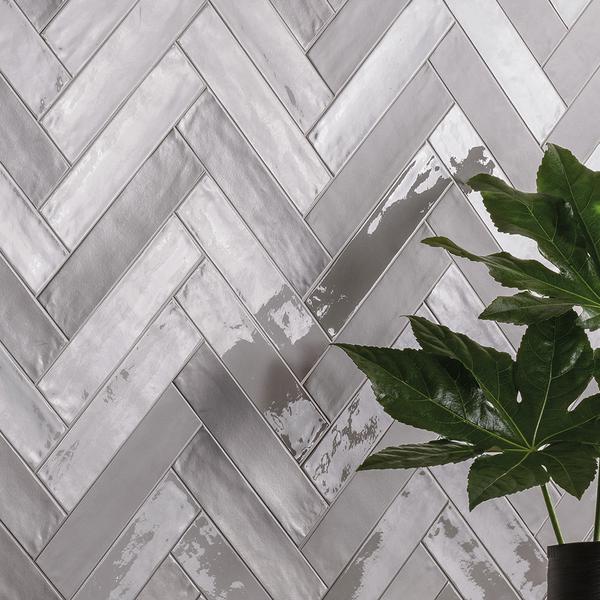Totalook: interview with the designer
Biophilic interior design is not just a trend; it's a lifestyle choice that brings the rejuvenating essence of nature into your home. Picture yourself surrounded by lush greenery, soothing natural light, and the calming presence of the outdoors, all within the comfort of your own space.
In this article, we'll delve into the transformative power of biophilic design, exploring its core principles, showcasing inspiring examples, and offering practical tips to incorporate this approach into your home. Let's embark on a journey to merge the great outdoors with your indoor sanctuary.
Biophilic design is grounded in a profound understanding of our innate connection to nature and the vital role it plays in our well-being. By integrating the following core principles into our built environments, we can create spaces that not only look beautiful but also foster a sense of harmony, tranquility, and vitality.
At its core, biophilic design celebrates the beauty of natural shapes and patterns. Incorporating organic forms reminiscent of leaves, branches, or flowing water can evoke a sense of tranquility and balance. Whether it's through the curvature of furniture, the undulating lines of a sculptural centerpiece, or the intricate detailing of a decorative element, biomorphic design elements invite us to reconnect with the organic world around us.
Light is a fundamental aspect of biophilic design, as it not only illuminates our surroundings but also shapes our perception of space and time. Maximizing access to natural light sources, such as windows, skylights, and clerestory openings, can flood interior spaces with warmth and vitality. Additionally, incorporating strategies for natural ventilation can enhance indoor air quality and create a sense of openness and connection to the outdoors.
The use of natural materials lies at the heart of biophilic design, reflecting our innate desire to connect with the natural world. From warm woods and tactile stone to sustainable bamboo and rattan, incorporating organic materials into our built environments can evoke a sense of grounding and authenticity. Not only do natural materials add visual and tactile interest to a space, but they also contribute to a sense of environmental stewardship and well-being.
For instance, the Ergon I-Wood collection by Emilgroup highlights steam-treated oak, bringing out rich, enhanced colors and vivid natural details that add a warm and inviting atmosphere to any room.
Biophilic design also enhances visual connections with nature, even in urban settings. This could be through framing views of landscapes, incorporating indoor greenery like potted plants and living walls, or adding water features that mimic natural environments. Such visual connections foster feelings of calm, inspiration, and wonder.
Beyond sight, biophilic design engages all of our senses to create immersive and enriching experiences. The sound of water, the rustle of leaves, and the use of natural scents and textures enrich the sensory environment, deepening our connection with nature and enhancing our overall engagement with our surroundings.
Let's take a peek into some stunning examples of biophilic design in real homes:
Nature serves as an endless wellspring of inspiration for interior design, offering a rich tapestry of colors, textures, and motifs that evoke a sense of tranquility and connection to the natural world. Incorporating nature-inspired elements into interior spaces not only enhances aesthetic appeal but also fosters a deeper sense of well-being and harmony with our surroundings.
Create a harmonious connection to nature with an earthy color palette. From serene greens to rich earth tones, here are some hues to consider:
Ready to embark on your biophilic design journey? Here are some practical steps to get started:
Biophilic interior design offers a holistic approach to creating spaces that nourish the mind, body, and soul. By embracing the principles of biophilia, you can transform your home into a sanctuary that rejuvenates and inspires. Whether you're drawn to the tranquility of a nature-inspired color palette or the serenity of a living green wall, there are endless possibilities to explore. Are you ready to embark on your biophilic design journey? Visit our website to discover all the Emilgroup collections and a curated selection of biophilic-inspired tiles and surfaces that will elevate your space to new heights of natural beauty.
29 May 2024
From our blog
